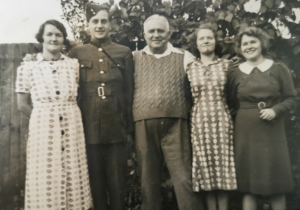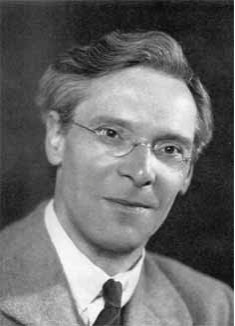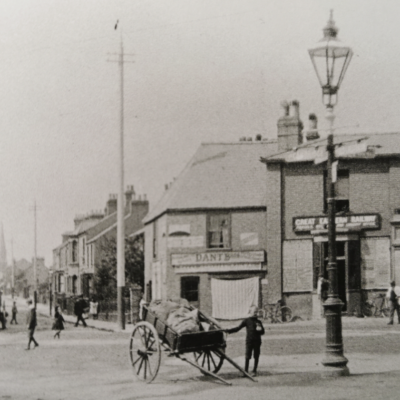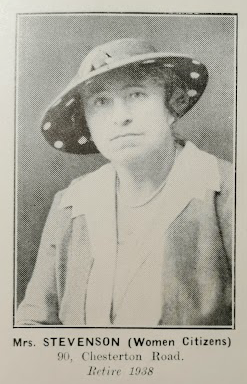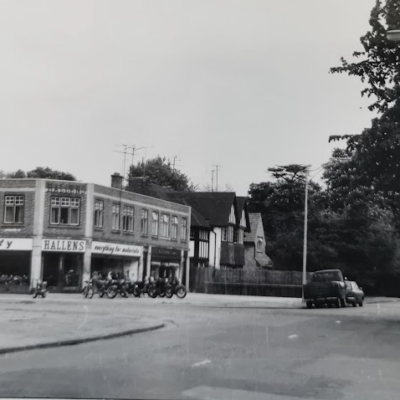Search by topic
- archaeology
- Building of Local Interest
- charity
- church
- crime
- dressmaker
- fire
- Great Eastern Railway
- Listed building
- Mapping Relief
- medieval
- oral history
- poverty
- Public House
- Rattee & Kett
- Religious House
- Roman
- scholar
- school
- Then and Now
- tudor
- women
- work
- world war one
- world war two
Search by text
 141 -153 Chesterton Road (date unknown)
141 -153 Chesterton Road (date unknown)143 Chesterton Road
History of 143 Chesterton Road
Edward Katon moved to Cambridge in 1946 to work at Pye Ltd. He had served in the forces in WWII. His diaries recorded his life in great detail and in Capturing Cambridge selections from these are divided amongst the locations he lived at.
Edward had lived at 38 Burns Way, Heston Middlesex. He served in the 1185 Squadron as an Air Training Corps Cadet.
In 1948 he was living at 4 Sunnyside.
After the trouble with bees I kept writing to different radio firms for employment. Many firms replied that until their men arrived back from the armed forces they could not tell what staff they needed. Then an invitation from Pye Radio Ltd to come for an interview. They paid the return train fare. I had a long interview with one of their officials at the main Pye HQ and felt I was doing well until he said ‘I don’t know where to put you. Go and see the personnel officer.’ As I left his office a well dressed impatient man rushed into the office. A few moments later he was in front of me. Apparently when he described the worker he needed he was told the man he wanted had just left the office. A moment later he was in front of me and a bit later he took me to their radio telecommunication building and after a short interview with the foreman of a specialised department and I was employed and they even found me lodgings. Pye Telecommunications Ltd (Pyetelecom for short) had 80% of the world’s radio telephone at that time, they always found that a big organisation, like the post office or the railways for instance that when they ordered 2,000 or 1,000 radio telephones alway slipped in a small order eg 2 or 4 or sometimes 6 different units that were too few to be put on a production line and had to be hand built. That was the job for our department. The work was varied and interesting. There were 9 or 10 of us and women workers as well. The best job I ever did was to make a TV monitor for the cable that ran from London to Birmingham. The work on it started in 1939 and was shelved until after the war. 1946 to be exact. My instructions were to use component from the ‘surplus’ store as far as possible. It was my first encounter with television and ?? more interesting. When I had to some of the development in the Pye Research Laboratory under the tuition and supervision of the man who was also my TV instructor at the local night school.
When that job was finished I went into servicing the police radio telephones and enjoyed the work. Some of their products were used in taxis which was a new idea then. When that was finished I felt it was time to move on.
When I came to Cambridge in September 1946 to work at the Pye Ltd. the main streets were lit by large gas lamps. All the way from Hyde Park Corner and around the market square where they became huge affairs. The college students used to gather at night on ‘Rag Day’ and turn them all off. The police tried, without success, to prevent this. All their efforts only caused the ‘climbers’ to hurry up and they could not always find a way to get their hand inside the glass panelled cage to get at the tap to turn the gas off, took to smashing the glass panels in order to do so. It cost for council several hundred pounds to repair the damage. Any student apprehended by the police and taken to court, had the case dismissed as ‘exuberance of his youth,’ if any member of the public did that it was vandalism and treated accordingly. I suggested to do a friend who was with the Cambridge Trades Council that the way to stop this was to paint the top part of the lamp standards with slow drying paint which could be cleaned off the next day. This was carried; the standards had white paint 16ft upwards. The students gathered and a much larger crowd assembled to see the fun. A line of hefty students walk towards the police line defending the first target. The police who were in on the painting put up a token fight as they retreated. A tall male student, wearing a white jacket with a red vertical stripes and a straw boater began climbing the standard pillar. He was cheered as he ascended three times, pulling himself up then gripping with his knees, enabling him to repeat the process. On the fourth time he was onto the print and his knees slipped him down to step three. He tried once more, slipped and looked at his hands. A look of disgust was on his face and he called out loudly in a posh voice, ‘I say Geoffrey, some wretched blighter has put paint on this.’ The crowd roared with laughter. He was very persistent, coming down from that lamp he, the students, police and crowd followed him as he made his way all along the road and round the market square checking that every lamp was protected. For years afterwards the gas lamps were protected with slow drying paint until they were replaced with huge electric lights, some we attached on high on buildings. So ended the saga of the gas lamps.
Contribute
Do you have any information about the people or places in this article? If so, then please let us know using the Contact page or by emailing capturingcambridge@
License
This work is licensed under CC BY-NC-SA 4.0






